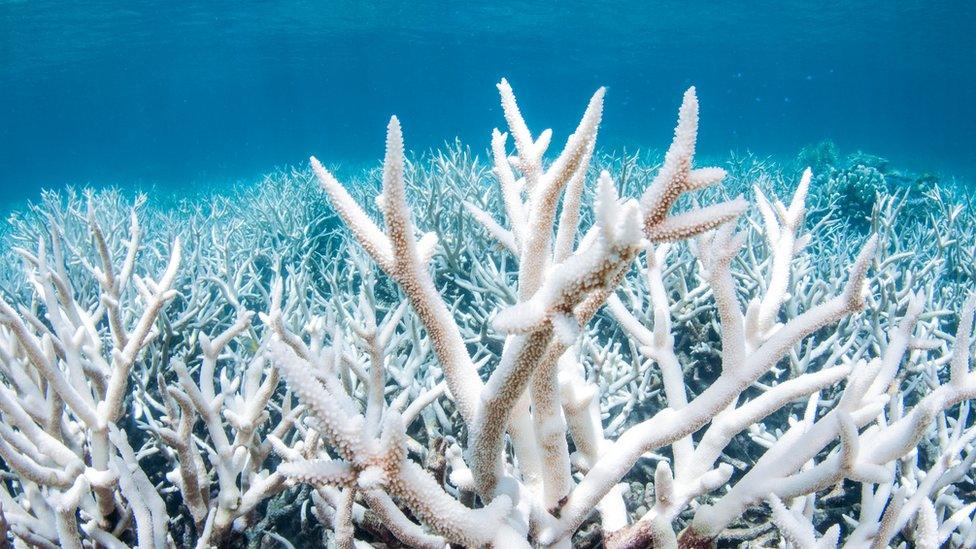Unesco meeting to decide status of World Heritage sites
- Published
- comments
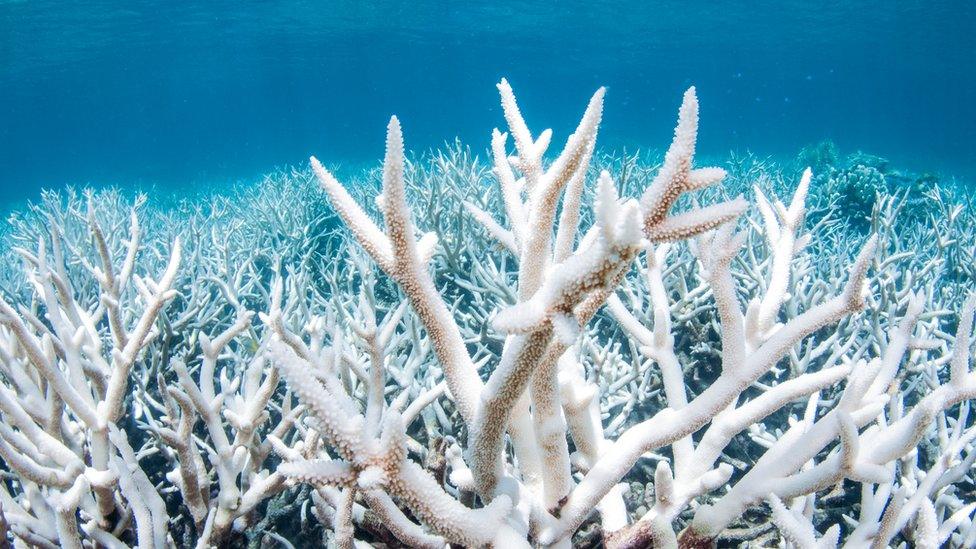
Unesco is meeting to decide if Australia's Great Barrier Reef should be placed on the list of World Heritage in Danger
Unesco's World Heritage Committee is meeting to examine 255 sites on the World Heritage List, ranging from Australia's Great Barrier Reef to the Italian city of Venice.
Fifty-three of these are also on the List of World Heritage in Danger.
The team, who are meeting online between 16 - 31 July, will look at how well these sites are being conserved and whether they still meet World Heritage status.
So, what have they decided already? Read on to find out.
What is Unesco World Heritage?
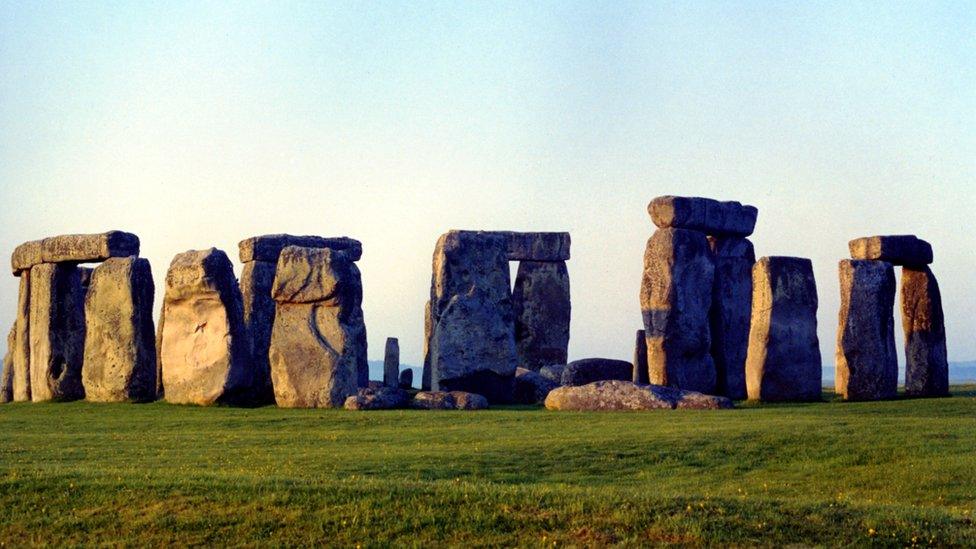
In 1986, Stonehenge was one of the very first sites in the UK to get onto the World Heritage list
Unesco is the cultural body of the United Nations.
The World Heritage Committee picks the sites to be listed as Unesco World Heritage Sites, including the World Heritage List and the List of World Heritage in Danger.
It also decides on how the World Heritage Fund and financial assistance is used.
The World Heritage Committee supports countries around the world in the preservation of World Heritage sites.
This year's session combines the work of 2020 and 2021, as the annual meeting scheduled for 2020 was postponed due to the COVID-19 pandemic.
There are over 1,000 World Heritage Sites around the world, with more still being added to list.
How does a place get chosen to be a World Heritage Site?
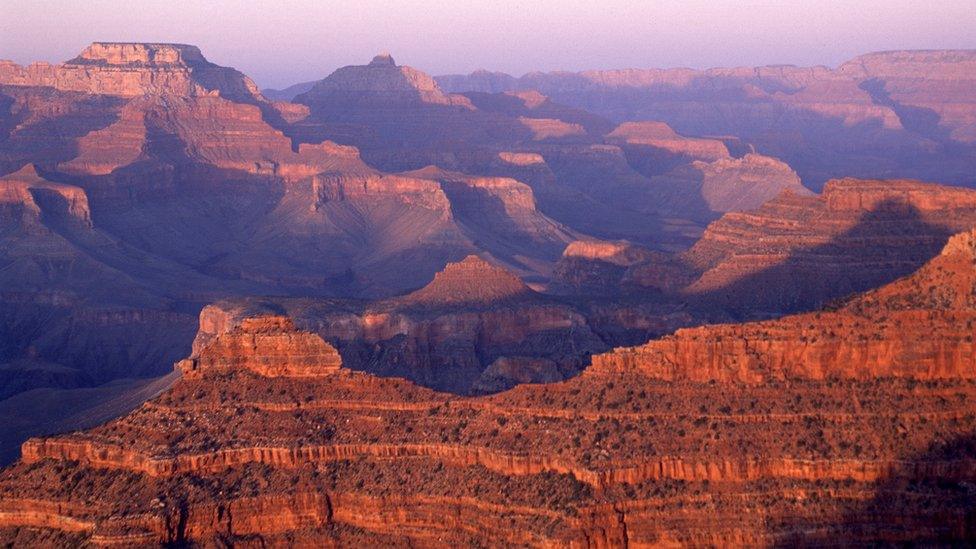
The Grand Canyon in America was added to the World Heritage List in 1979
There's a list of rules that a place should follow for it to become a World Heritage Site.
One of these is that a place must have an interesting story that shows how important it was in history.
For example, the Grand Canyon in Arizona, US tells us a lot about the history of the Earth and how it has developed over millions of years.
Another reason a place could become a World Heritage Site is if it is exceptionally beautiful, such as the Taj Mahal in India, which is famous for its amazing architecture.
What decisions have already been made?
Liverpool removed from World Heritage List
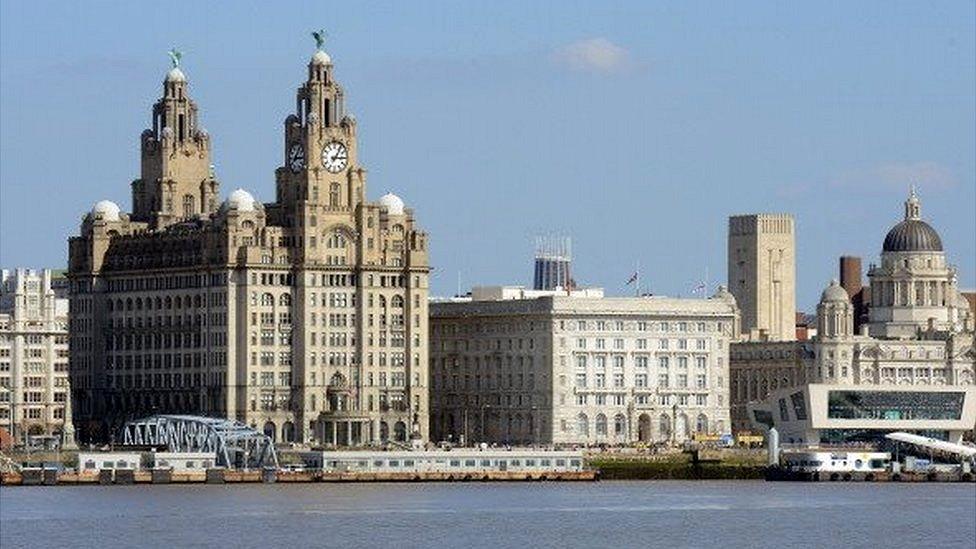
Liverpool was added to the Unesco World Heritage site in 2004 for historic buildings such as this, known as the Three Graces
Unesco have decided to remove Liverpool - Maritime Mercantile City (the name for the six parts of the city included in the heritage area) from the World Heritage List, due to "the irreversible loss" of architecture showing "the outstanding universal value" of the city.
Liverpool - Maritime Mercantile City was added to the World Heritage List in 2004 for its beautiful and historic waterfront.
It was added to the List of World Heritage in Danger in 2012 following concerns about the proposed development of new modern buildings to be used as homes and offices.
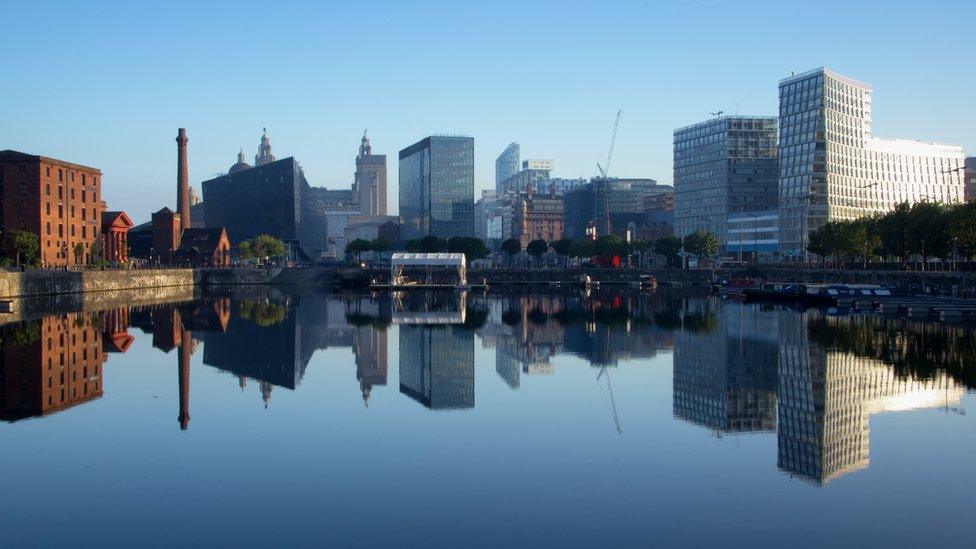
A lot of development has taken place on Liverpool's docks which is why the city has been removed from the World Heritage List
The project has since gone ahead with lots of new buildings constructed along the docks, which the "committee considers...are detrimental to the site's authenticity and integrity."
Liverpool's historic centre and docklands were added to the list for being one of the world's major trading centres in the 18th and 19th century where a lot of buildings from that time remain.
The site also illustrated developments in modern dock technology, transport systems and port management.
Salonga National Park removed from the List of World Heritage in Danger

Bonobo's live in Salonga National Park in the Democratic Republic of the Congo
In more positive news, Salonga National Park in the Democratic Republic of the Congo has been removed from the list of World Heritage in Danger, "due to improvements in its state of conservation."
Added in 1984 on the World Heritage List and in 1999 in the List of World Heritage in Danger, Salonga National Park is Africa's largest tropical rainforest reserve.
The park is located in the heart of the central basin of the Congo river, is very isolated and accessible only by water.
It is the habitat of many endangered species, such as the bonobo, the Congo peacock, the forest elephant and the African slender-snouted or 'false' crocodile.
The Committee "observed that the management of the park has been greatly improved, notably with regard to the strengthening of anti-poaching measures."
The team went on to explain that "regular monitoring of wildlife shows that bonobo populations remain stable in the property despite past pressures and that the forest elephant population has slowly begun recovering."
What about the Great Barrier Reef?
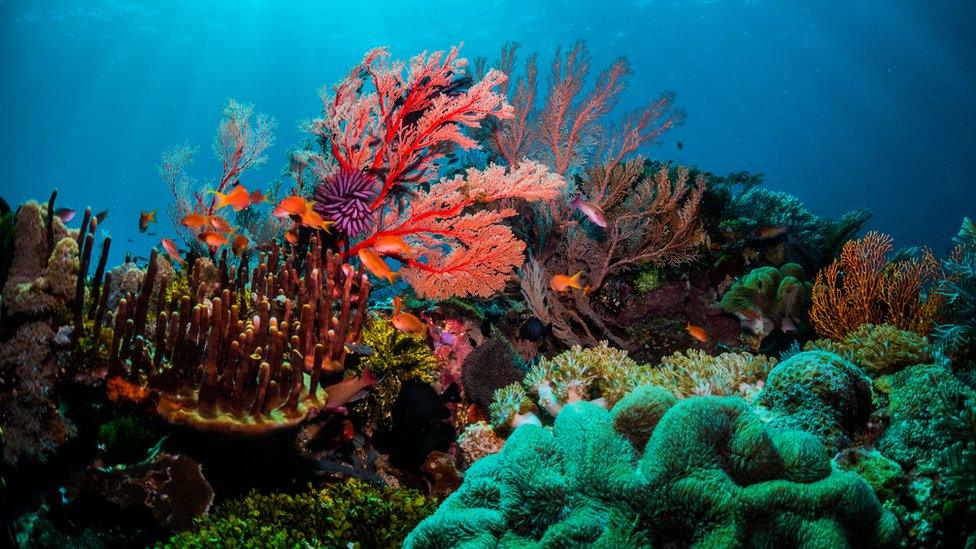
This is what The Great Barrier Reef looks like when it's healthy. Bleaching events turn the coral white and are causing concerns over the reef's long term health
One of the most controversial decisions Unesco is making is whether to classify Australia's Great Barrier Reef as "in danger", due to harm from climate change.
The team are discussing the decision on Friday.
The world's biggest coral reef system has suffered several bleaching events in the past five years which caused widespread loss of coral.
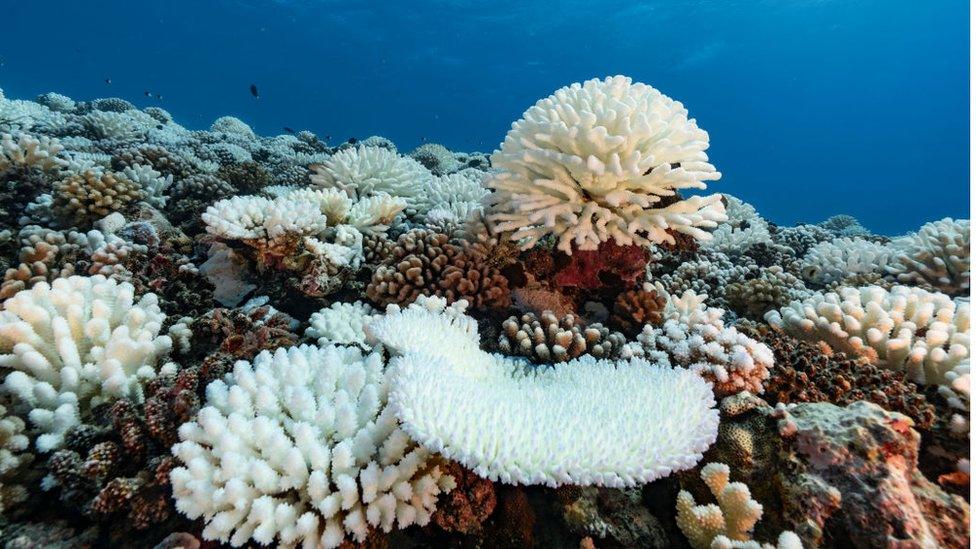
When bleaching happens the corals turn white and lose their colour
Scientists say the main reason is rising sea temperatures as a result of global warming caused by the burning of fossil fuels.
Unesco has urged Australia to take "accelerated action" on global warming.
In June, the Australian government said it would "strongly oppose" downgrading the reef to "in danger".
- Published18 November 2019

- Published22 June 2021
